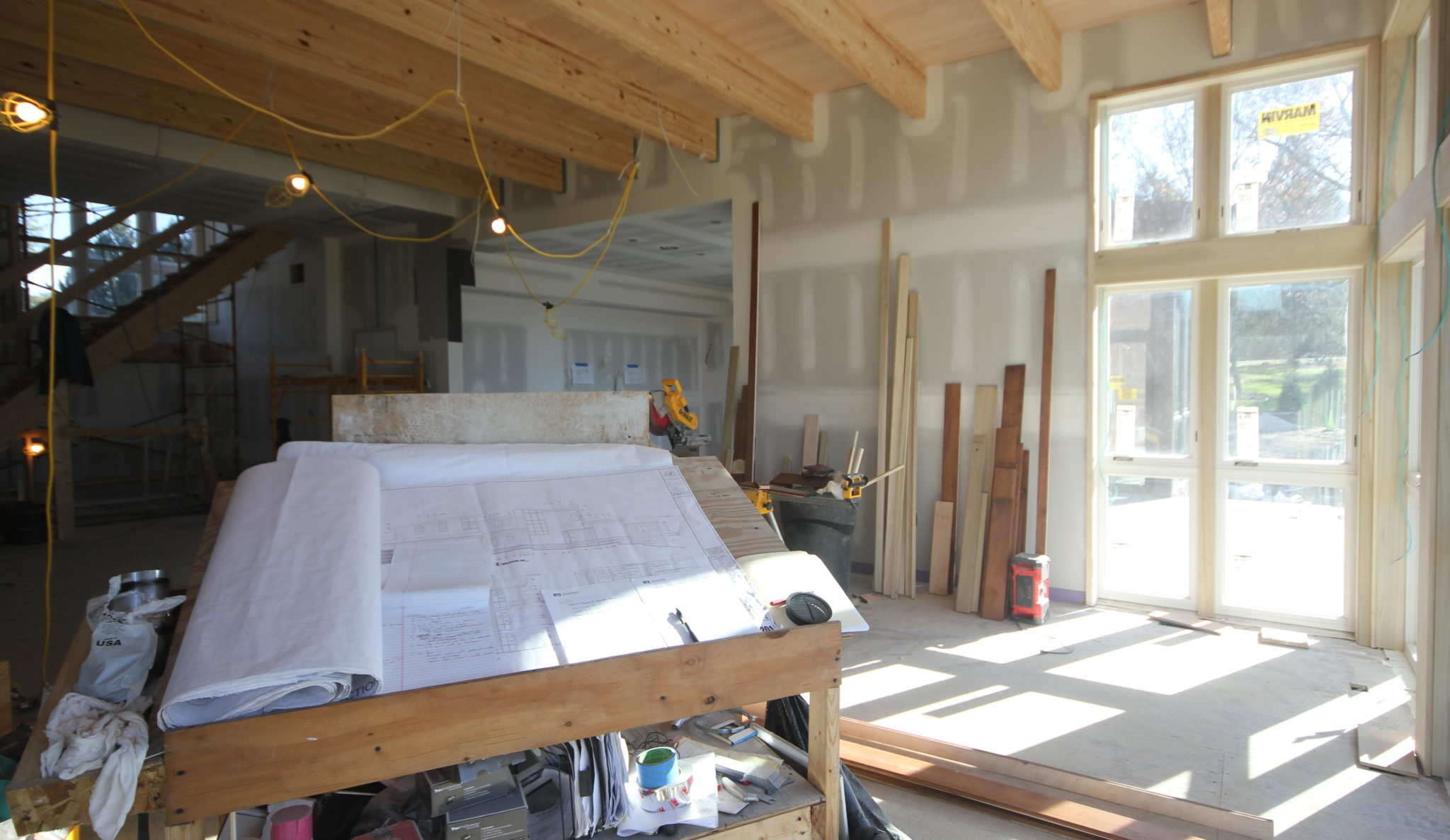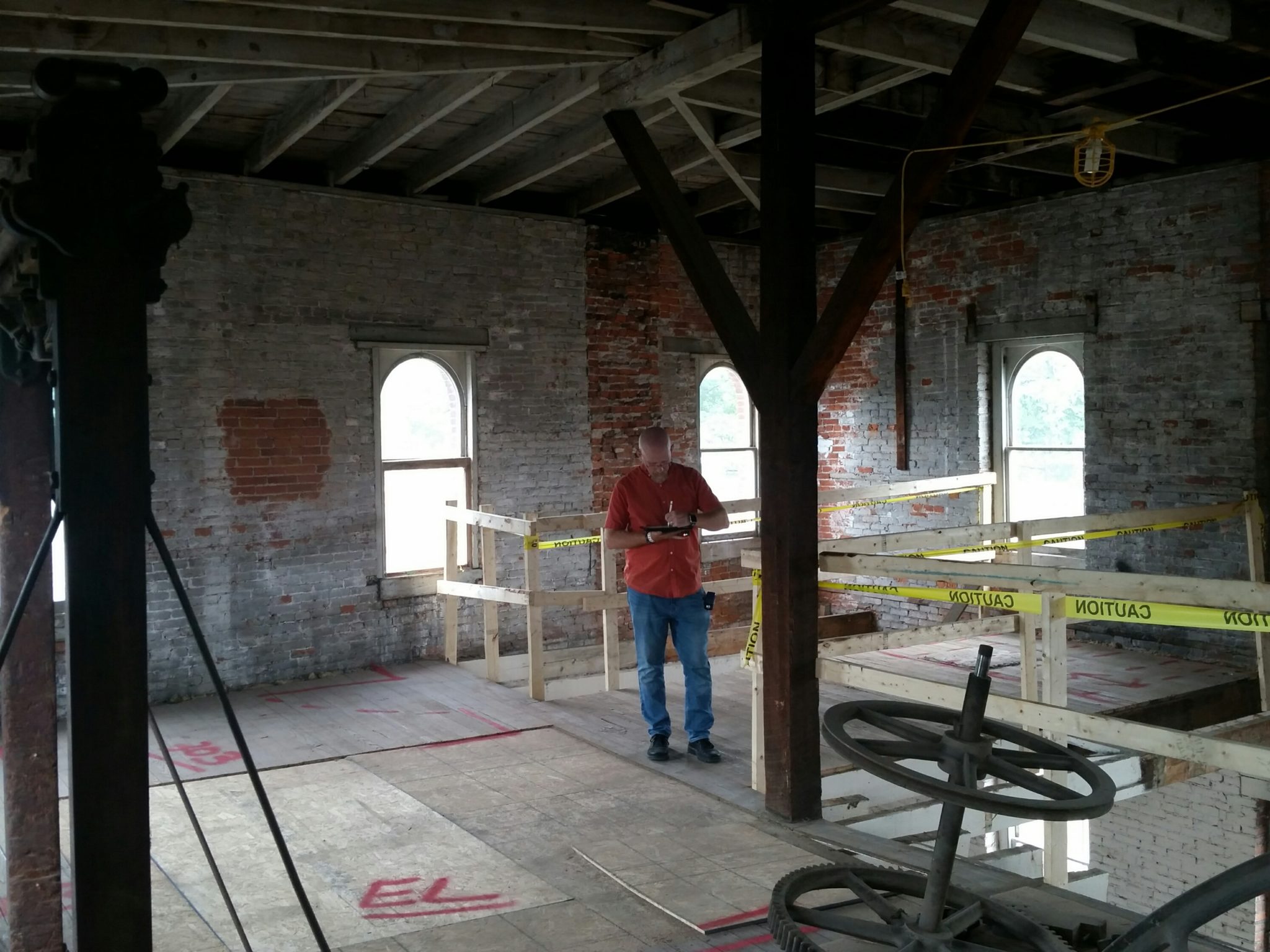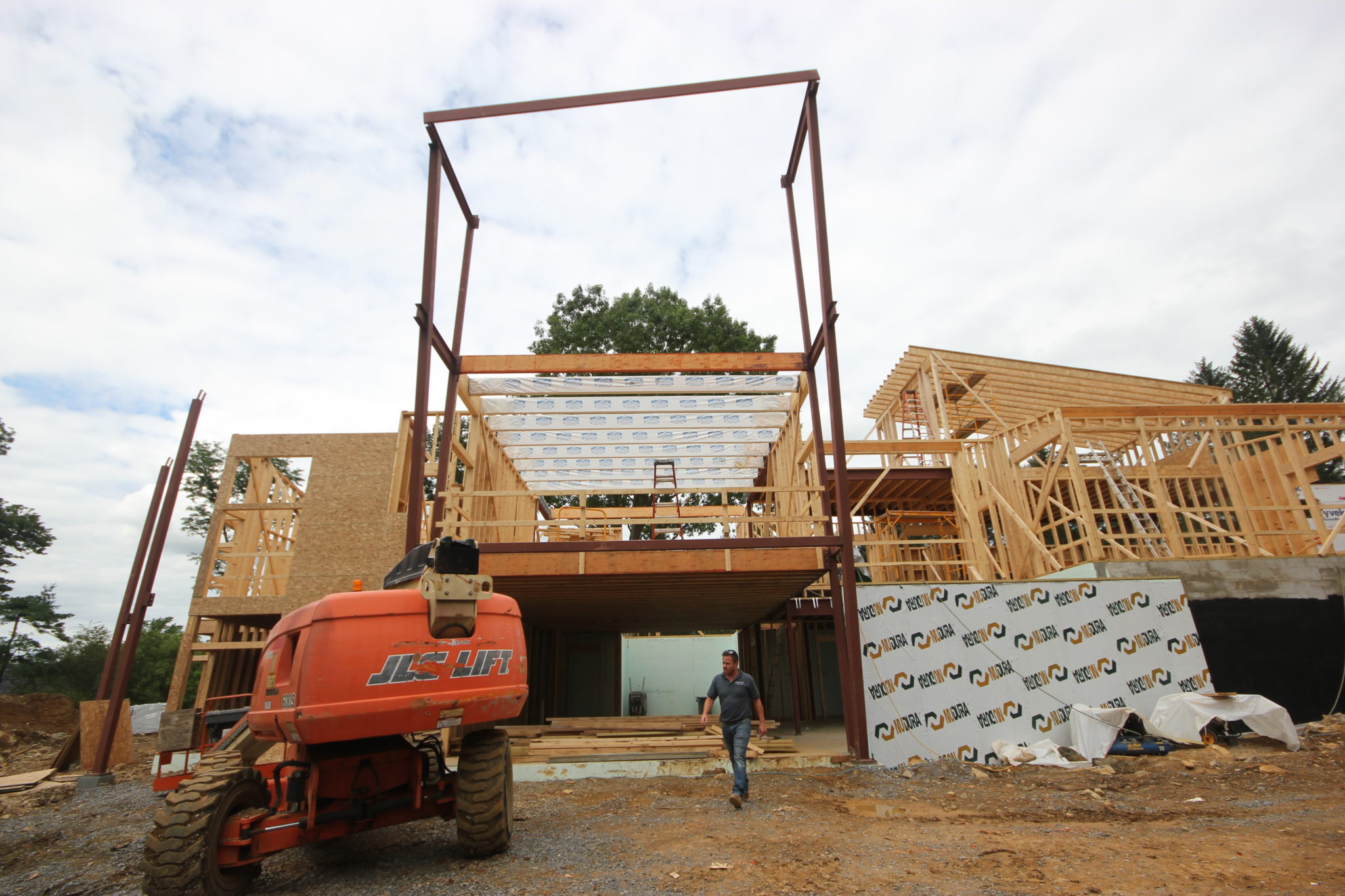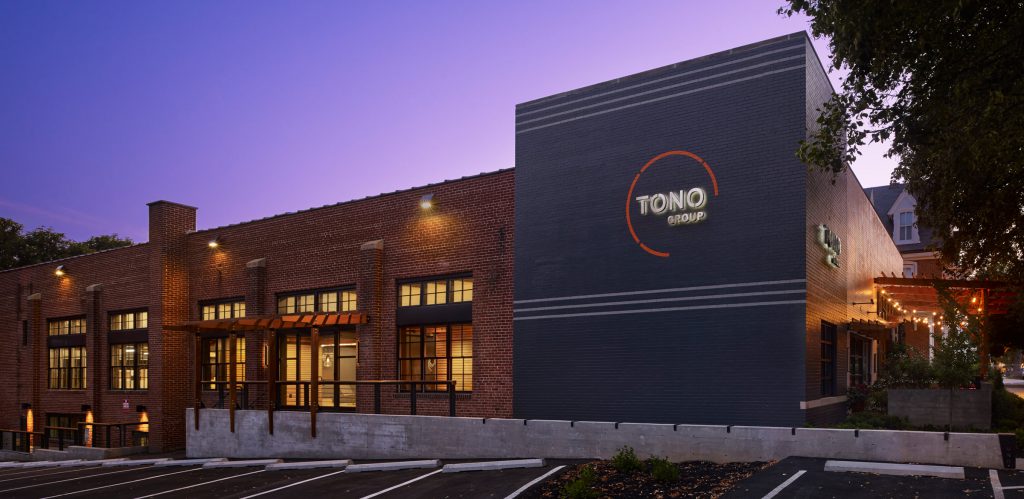
TYPES OF CONSTRUCTION MANAGEMENT ROLES AND RESPONSIBILITIES
No matter a building project’s level of complexity, the construction process will require diligent oversight by a team of qualified professionals. This oversight can come in many forms, as owner, architect, and contractor can serve in variable capacities. Read on as we define some common objectives of the “construction manager” role and differentiate between some of the industry’s most-used contract types.
Construction Administration:
Construction Administration (CA) is generally part of an architect’s contractual obligation. After a project has moved from the design phases to construction, the architect is still actively involved in project delivery. It is his or her responsibility to make sure design intent is fully executed throughout the construction process.
During CA, the architect’s team monitors work through regular site visits, coordinates with the contractor to funnel any necessary information or make any clarifications, and submits new drawings to the builder if any changes need to be made. Often, the architect is also responsible for verifying the builder’s Applications for Payment to the Owner or lending institution by visiting the project site and observing the work in progress.
Finally, the architect examines completed construction and prepares a list of any required final tasks and changes (called a punch list). After final punch list items have been addressed by the builder, the architect accepts final work, officially completing the building process.

Dave, TONO Architects’ Senior Project Manager, works on construction details at the Lititz Shirt Factory.
Construction Management At-Risk (CMAR):
The Construction Management At-Risk model involves the early consultation of a construction management entity, independent of the architectural design firm. This entity usually offers insight during design, then adopts the role of general contractor during construction. In this kind of arrangement, the CM At-Risk takes responsibility for hiring sub-contractors, monitoring sub-contractor performance, price changes, and any adjustments to construction schedule. As the name suggests, it requires that the CM assume significant liability.
There are key benefits to the Owner with this model. By gathering contractor input at the beginning of the project, the Owner gains early knowledge of construction cost and can assume fewer changes to final design, thus shortening the project delivery timeline.
Disadvantages may arise from an Owner having to enter separate contracts with the architect and CM At-Risk. In doing so, the Owner assumes responsibility for managing some amount of communication between the two parties and mitigating any disagreements.

Travis, PROTO’s Director of Construction Operations, works on-site at a private residence in Lancaster.
Agency Construction Management:
Agency Construction Management is similar to the CM At-Risk model in that an Agency CM acts as a consultant in the beginning stages of a project. Working with the Owner and design team before construction officially gets underway, the Agency CM advises on cost, constructability, scheduling, etc. As the project moves forward into the construction phase, the Agency CM oversees trade contractors and monitors the construction process, servicing the Owner until the building is complete.
The key difference between this model and CM At-Risk is that the CM as Agent does not hold individual contracts with sub-contractors. Rather, it is the Owner’s responsibility to hold and manage each party’s contract, as well as handle the project close-out process.
Consequently, this model requires that the Owner be more active in fulfilling project goals, negotiating with trades and assuming responsibility for contract administration.

Construction Management At Risk vs. Agency Construction Management
The TONO Group Difference: A Flexible and Comprehensive Model
The TONO Group family of companies is capable of serving multiple managerial roles.
TONO Architects regularly completes Construction Administration work, keeping a watchful eye on design and construction integrity even when our in-house construction management team is not constructing the space.
In other cases, our construction entity—PROTO Construction Management—diligently fulfills the architectural vision. Depending on the needs of the Owner and project, PROTO can engage in a CM At-Risk agreement or act as an Agency CM.
In any scenario, the Owner benefits from working with a group of self-performing designers and builders. Our interdisciplinary team acts as a checks and balances system, whereby our architects and construction managers collaborate and inform one another. In addition to ensuring higher design and construction quality, this process establishes continuity for the Owner, as he or she is able to hire one team to accept responsibility for project outcomes and complete the project from start to finish.
Do you have more questions about the architecture or construction process? Do you need a qualified CM to oversee your project? Contact us to get started.

